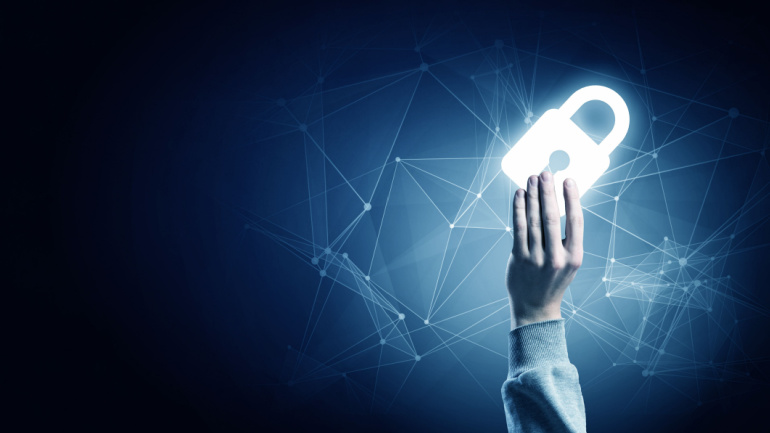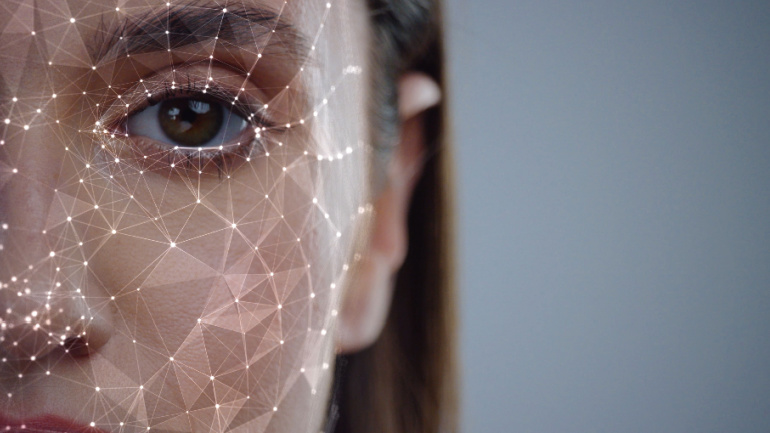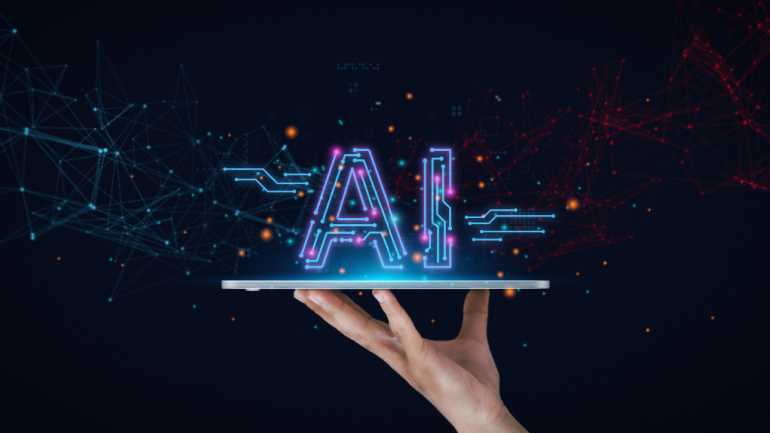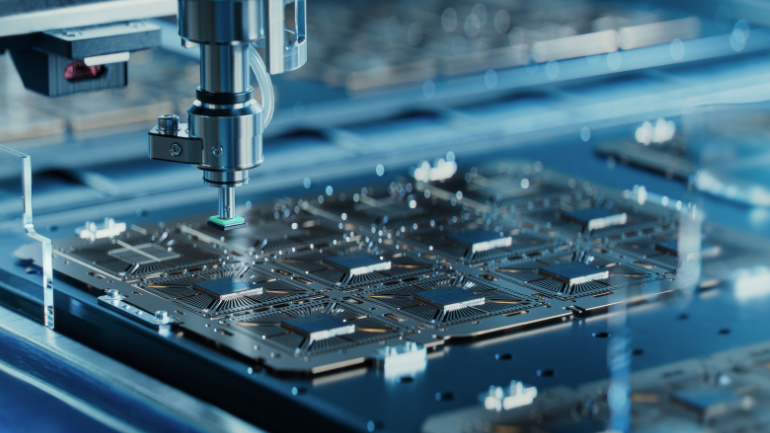A recent analysis by the International Data Corporation (IDC) reveals an expected sharp increase in the shipment of AI-enabled personal computers (PCs) in the coming years. The study forecasts that the number of these specially equipped PCs, designed to handle generative AI tasks on their own without cloud assistance, will soar from approximately 50 million units in 2024 to over 167 million by 2027. This growth indicates that nearly 60% of all PC shipments globally will be AI PCs by the end of the projection period.
In a significant move against the rising menace of spyware, representatives from various countries recently convened in London for the UK – France Cyber Proliferation conference. This gathering underscored the urgent need for international cooperation against the malicious use of cyber tools, an issue that transcends national borders. UK Deputy Prime Minister Oliver Dowden highlighted the importance of joining forces with allied nations to combat cyber threats, positioning the UK as a leader in this global fight.
Diving into the digital frontier, the Sustainable and Interoperable Digital Identity (SIDI) Hub, an alliance of 17 open-standard organizations, is striving to create cross-border digital identities. Through harnessing insights from significant bodies such as the OECD and World Bank, they aim to establish a minimum set of interoperability requirements. However, recognizing the diverse perspectives globally, they also highlight the need for taking into account the unique social, cultural, and legal contexts of each nation.
Epsilon Telecommunications (Epsilon), a KT Corp. company and leading global interconnectivity provider, has appointed Damon (Young Seok) Lee as its Group Chief Executive Officer. Lee joins Epsilon with over 27 years of experience in the telecommunications and technology sectors, most recently serving as Vice President in KT’s Enterprise Business. He will lead Epsilon’s senior executive team with a focus on optimising the company’s business strategy and global growth.
Telecom giant Telenor faces a considerable setback as the company braces itself for a $760.3 million blow from its investment in True Corp, spurred by a noticeable decline in share value in 2023. However, amidst this financial turbulence, Telenor maintains a positive outlook. The company affirms that this financial drawback is merely for book records and does not reflect changes in Telenor’s belief in the value of their True Corp asset.
Zoom has unveiled a series of innovative upgrades aimed at enhancing user experience on its platform, emphasizing stronger connections, increased productivity, and seamless collaboration. The introduction of new AI Companion capabilities, alongside improvements in Zoom Team Chat, Zoom Whiteboard, and Zoom Meetings, positions Zoom as a frontrunner in leveraging artificial intelligence to facilitate workplace communication.
In a recent analysis by ABI Research, the future looks bright for neutral host providers, with projections pointing to a significant revenue increase. By the year 2030, it’s estimated that neutral host connectivity will rake in revenues of around $1.3 billion. Although the current market size remains unspecified, this figure highlights the substantial growth potential for the sector.
Allison Kirkby has officially taken the reins at BT, unveiling her first set of financial results as the company’s new chief executive. The figures, reflecting the final quarter of 2023, show a modest increase in revenue to £5.3 billion, up from £5.2 billion, with adjusted EBITDA holding steady at £2 billion. This performance was bolstered by positive developments within Openreach and the Consumer division, though slightly hampered by the challenges faced by BT Business, including cost issues and a downturn in legacy product sales.
In a significant move to strengthen its position in the global semiconductor industry, the Japanese government has committed approximately $307 million in subsidies to a high-profile semiconductor project. This initiative brings together major players NTT from Japan, Intel from the United States, and South Korea’s SK Hynix. Their collaboration focuses on the development of advanced optical semiconductor technology, which promises faster data processing speeds and reduced energy consumption compared to traditional electrical semiconductors.
Anticipated mobile and broadband price hikes this April could resonate with a multitude of customers. Key carriers, EE, Three, and Vodafone, plan substantial increases, impacting users financially. Meanwhile, telecom regulator Ofcom has proposed banning mid-contract price rises linked to inflation.













